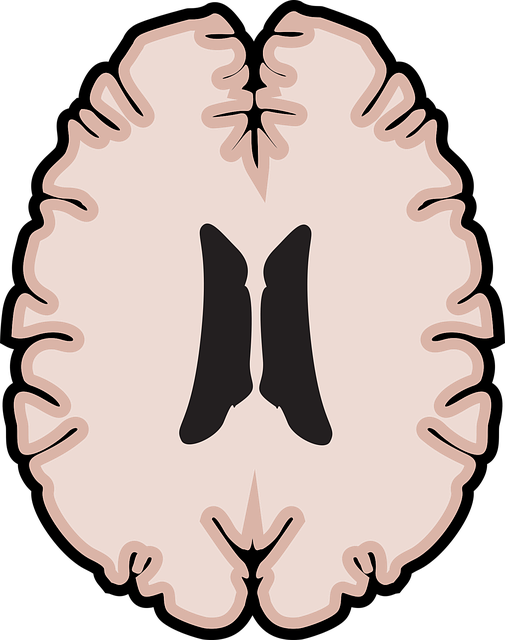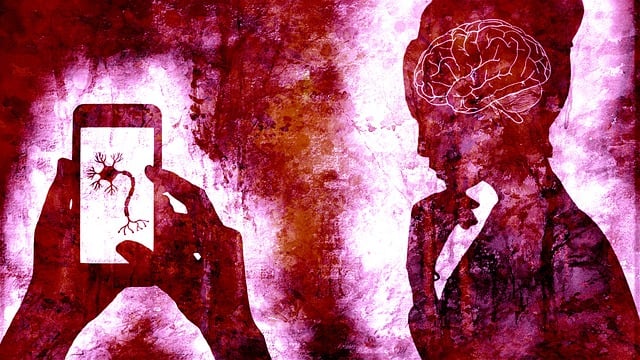Overcoming Stigma: Strategies for Youth Mental Health in Arvada Adolescent Therapy
Mental illness stigma severely limits youth access to essential services in Arvada, leading to isola…….
In the intricate landscape of mental health support, Arvada Adolescent and Teen Therapy (AATT) stands as a specialized approach aimed at fostering the resilience and well-being of young individuals aged 13 to 19. This comprehensive therapy model recognizes the unique challenges and developmental stages that adolescents and teens navigate, offering tailored interventions to address their specific needs. As youth mental health becomes an increasingly pressing global concern, understanding AATT is more crucial than ever. This article delves into the intricacies of this therapeutic approach, exploring its origins, impact, and future prospects in an ever-evolving world.
Arvada Adolescent and Teen Therapy is a holistic treatment framework designed to support adolescents and teens facing various emotional, behavioral, and psychological challenges. It draws from a multidisciplinary foundation, incorporating elements of psychotherapy, counseling, education, and family involvement to create a dynamic support system. The core components include:
Historically, the roots of AATT can be traced back to the late 20th century when mental health professionals began recognizing the distinct needs of adolescents. This realization led to the development of specialized therapeutic approaches aimed at this age group. Over time, AATT has evolved, incorporating evidence-based practices and adapting to the changing landscape of youth mental health concerns.
Arvada Adolescent and Teen Therapy’s influence extends far beyond its place of origin, with implementations and adaptations seen across diverse regions. Here’s a global snapshot:
| Region | Implementation & Adaptation | Key Challenges |
|---|---|---|
| North America | AATT is widely adopted in the United States and Canada, with many private practices and community health centers offering these services. It has been integrated into school-based programs to address rising youth suicide rates and mental health concerns. | Access to specialized therapists, especially in rural areas, remains a challenge. |
| Europe | Many European countries have incorporated AATT into their national healthcare systems, recognizing its potential to prevent more severe mental health issues later in life. The approach has been adapted to suit cultural norms and language differences. | Cultural barriers and varying levels of government support for mental health services impact accessibility. |
| Asia-Pacific | In countries like Australia and New Zealand, AATT is gaining traction, with initiatives focusing on early intervention and prevention. Some Asian nations are incorporating elements of traditional healing practices into AATT to cater to cultural preferences. | Lack of trained professionals and limited access to quality mental health services in underserved communities. |
| Middle East & Africa | The implementation of AATT in these regions is varied, with some countries investing heavily in youth mental health initiatives due to growing awareness and increasing rates of youth-related challenges. | Cultural taboos surrounding mental health discussions hinder open dialogue, making it challenging to raise awareness and access services. |
Global trends indicate a growing recognition of the importance of early intervention and prevention in youth mental health. AATT aligns with this trend, offering a proactive approach to supporting adolescents and teens before more severe issues arise.
The economic aspects of Arvada Adolescent and Teen Therapy are multifaceted, impacting both healthcare systems and individuals. Here’s an analysis:
Technology has emerged as a powerful enabler of AATT, opening new avenues for delivery and accessibility:
These technological advancements not only enhance access but also personalize and improve the overall therapeutic experience for adolescents and teens.
The development and delivery of Arvada Adolescent and Teen Therapy are significantly influenced by policies and regulations that vary across jurisdictions:
Despite its potential benefits, AATT faces several challenges and criticisms that require careful consideration and strategic responses:
| Challenge | Strategies for Overcoming |
|---|---|
| Stigma: Mental health stigma remains a significant barrier to teens seeking help. | Public awareness campaigns, celebrity endorsements, and peer support groups can help normalize conversations about mental health and encourage teens to speak up. |
| Access to Services: Limited access to trained therapists and specialized clinics is a global concern. | Expanding training programs for mental health professionals, implementing telehealth, and encouraging community-based initiatives can improve accessibility. |
| Cultural Sensitivity: Adapting AATT to diverse cultural contexts is essential but challenging. | Cultural competency training for therapists, involving families in the therapeutic process, and incorporating culturally relevant practices enhance the effectiveness of treatment. |
| Funding and Sustainability: Inadequate funding can hinder the development and sustainability of AATT programs. | Advocating for government investment, exploring private-public partnerships, and raising community funds are strategies to ensure long-term support. |
The following case studies illustrate successful applications of Arvada Adolescent and Teen Therapy, highlighting its transformative potential:
Case Study 1: Urban Youth Center (New York City)
A non-profit organization in NYC implemented AATT programs for at-risk youth in low-income communities. The initiative focused on building resilience through group therapy sessions and community engagement. Results showed a significant reduction in suicide attempts and an increase in academic performance among participants over a 2-year period. This success led to the expansion of the program into several schools, reaching hundreds of teens.
Case Study 2: Rural Community Therapy (Appalachian Region, USA)
In a remote Appalachian community, a mobile therapy clinic brought AATT services to teens in underserved areas. The program focused on family-oriented therapy and incorporated cultural traditions to build trust. Within a year, the clinic saw a 30% decrease in emergency room visits for mental health crises among youth, indicating improved access to care.
Case Study 3: Digital Therapy Pilot (UK)
A UK-based charity launched a digital AATT program targeting teens with anxiety and depression. The online platform offered personalized therapy sessions, mindfulness exercises, and peer support forums. Initial evaluations showed significant improvements in symptoms, with 75% of participants reporting better mental health within 6 months, validating the potential of telehealth in delivering AATT.
The future of Arvada Adolescent and Teen Therapy is promising, with several emerging trends and growth areas:
Arvada Adolescent and Teen Therapy represents a comprehensive, evidence-based approach to supporting the well-being of adolescents and teens. Its global impact, technological advancements, and policy influence underscore its importance in addressing youth mental health challenges. While challenges remain, continuous innovation, cultural sensitivity, and strategic investments in AATT will contribute to healthier, more resilient futures for young individuals worldwide.
Q: What types of therapists are involved in AATT?
A: Arvada Adolescent and Teen Therapy involves a multidisciplinary team including psychotherapists, clinical social workers, counselors, and sometimes pediatricians or family doctors who collaborate to provide comprehensive care.
Q: How can parents support their teen’s therapy process?
A: Parents play a vital role by encouraging open communication, maintaining consistent routines, and actively participating in family therapy sessions. They can also help by advocating for mental health resources within their community.
Q: Is AATT covered by insurance?
A: Insurance coverage varies. Many private insurers cover AATT, but public insurance policies differ across countries. Checking with your insurance provider or a local mental health organization is advised.
Q: Can AATT help with common teen issues like peer pressure and stress?
A: Absolutely! AATT equips teens with coping strategies to manage stress, build resilience against peer pressure, and develop healthy relationships, addressing many common youth challenges.
Q: How can I find an AATT provider near me?
A: You can start by contacting local mental health organizations, schools, or healthcare providers who can guide you to qualified therapists specializing in AATT in your area. Online directories and referrals from trusted sources are also helpful.

Mental illness stigma severely limits youth access to essential services in Arvada, leading to isola…….

Arvada Adolescent and Teen Therapy emphasizes understanding the unique emotional landscape of local…….

Arvada Adolescent and Teen Therapy uses data analysis to provide effective, personalized mental heal…….

Arvada Adolescent and Teen Therapy offers specialized care for mental health diagnoses in teens, uti…….